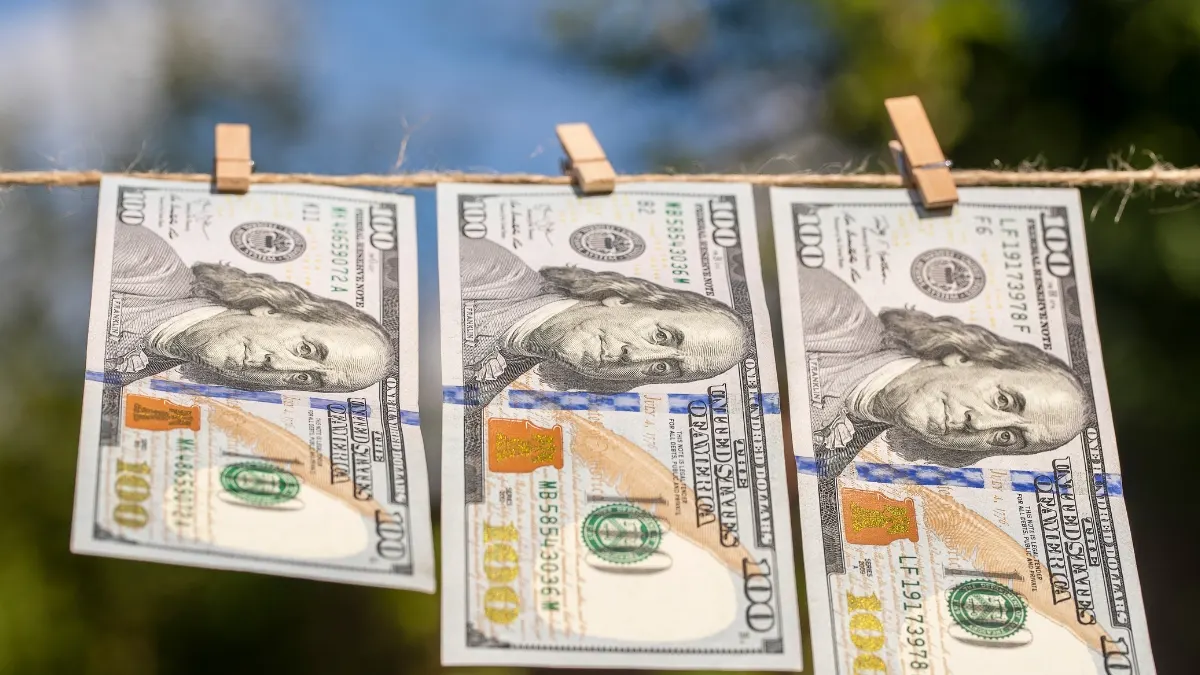You’ve seen the headlines. BRICS nations want their own currency. Central banks are buying gold. The dollar is losing ground.
And you’re worried. Not panicking, but worried.
Your retirement savings are mostly in dollars. Your 401(k) is in US stocks. Your emergency fund sits in a bank account that pays interest in dollars.
What happens if the dollar slowly loses its grip as the world’s main currency?
Here’s the good news: De-dollarization is slow. A study by BlackRock shows that dollar cycles typically last about eight years, not months. You have time to protect yourself.
But you need to start now.
This guide shows you 11 practical ways to hedge against dollar decline. No extreme moves. No selling everything. Just smart protection that lets you sleep better at night.
1. Start With a 5-10% Gold Position
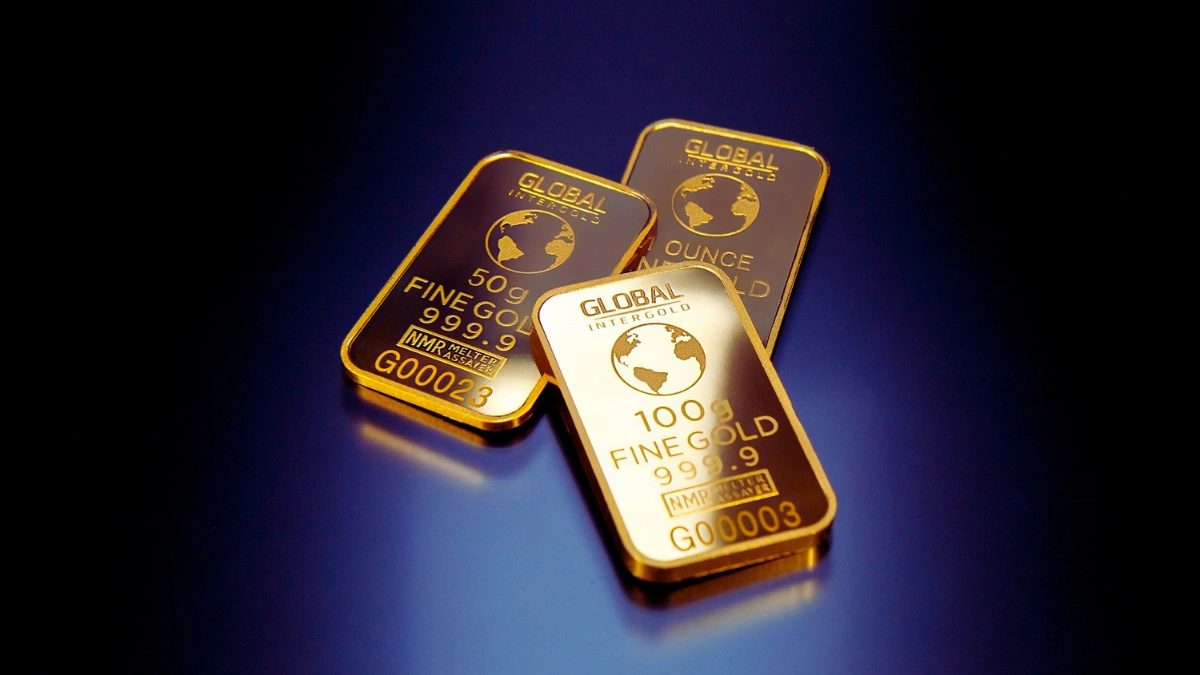
Gold is insurance for your money.
When the dollar weakens, gold typically goes up. It’s been this way for decades.
World Gold Council research found that a portfolio with just 5% in gold showed better risk-adjusted returns than portfolios with zero gold. The sweet spot is 5-10% of your total portfolio.
Here’s what that looks like:
- If you have $100,000 saved, put $5,000-$10,000 in gold
- If you have $50,000 saved, put $2,500-$5,000 in gold
- If you have $200,000 saved, put $10,000-$20,000 in gold
Don’t buy physical gold bars. That’s a headache. Use ETFs instead.
Three simple options:
- SPDR Gold Shares (GLD) – The biggest gold ETF. It costs 0.40% per year. Over $100 billion in assets. When you buy a share, you own a tiny piece of actual gold sitting in a vault.
- iShares Gold Trust (IAU) – Same thing as GLD but cheaper. It costs 0.25% per year. This is the one I’d pick.
- iShares Gold Trust Micro (IAUM) – The cheapest option at just 0.09% per year. Perfect if you want to save on fees.
Pick one. Open your brokerage account. Buy shares.
Start with 5% if you’re nervous. You can always add more later.
And here’s a tip: Don’t buy it all at once. Spread your purchases over 3-6 months. This way, you won’t buy at the worst possible time.
2. Put 20-25% in International Stocks
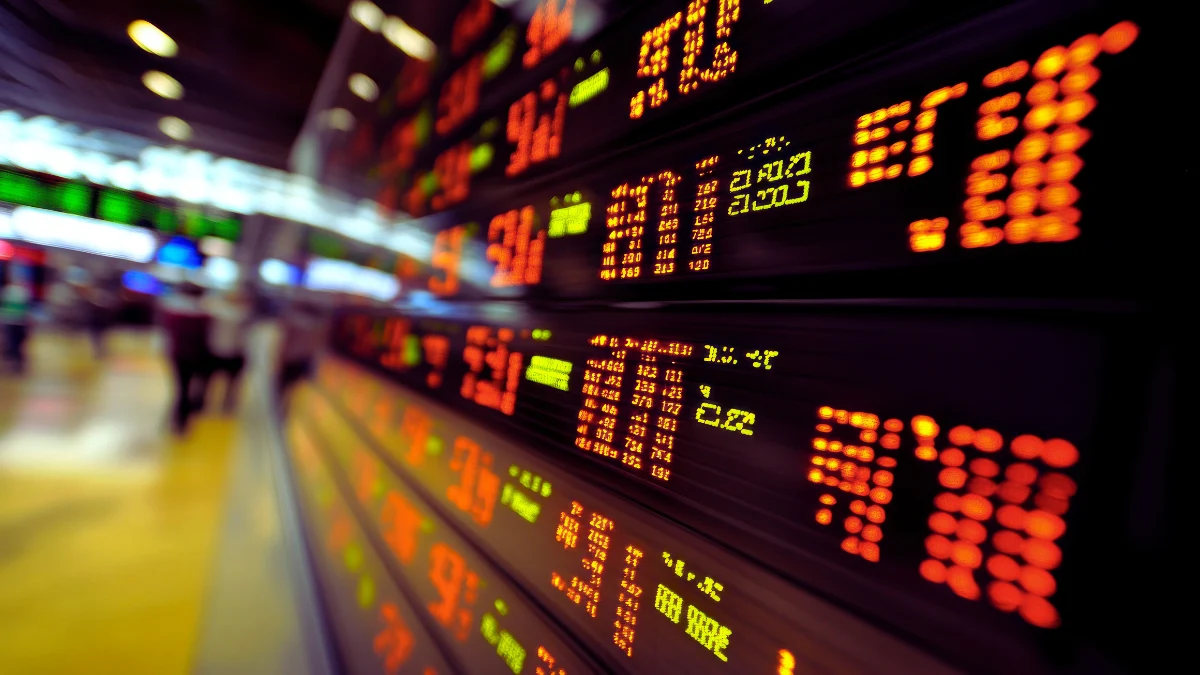
Most Americans invest like the US is the only country that matters.
It’s not.
In early 2025, international stocks went up 12% while US stocks only gained 2%. The dollar fell 8-11% during this time. That made international stocks even more valuable for US investors.
You need exposure to other countries.
Target breakdown:
- 15-20% in developed countries (Europe, Japan, UK, Canada)
- 5-10% in emerging markets (China, India, Brazil)
This isn’t about betting against America. It’s about not putting all your eggs in one basket.
Best ETFs for this:
- Vanguard Total International Stock (VXUS) – Holds over 8,500 stocks from around the world. Costs just 0.05% per year. One purchase gives you the whole world except the US.
- Fidelity ZERO International Index (FZILX) – Zero fees. Actually free. Holds 2,200 international companies. You can’t beat free.
- iShares MSCI EAFE ETF – Focuses on developed countries. Good if you want to avoid emerging market risk.
Right now, over 30% of the S&P 500 is technology stocks. That’s risky. International stocks give you different sectors and different currencies.
When the dollar drops, your international stocks go up in value. It’s automatic protection.
3. Add 3-5% Silver to Your Mix
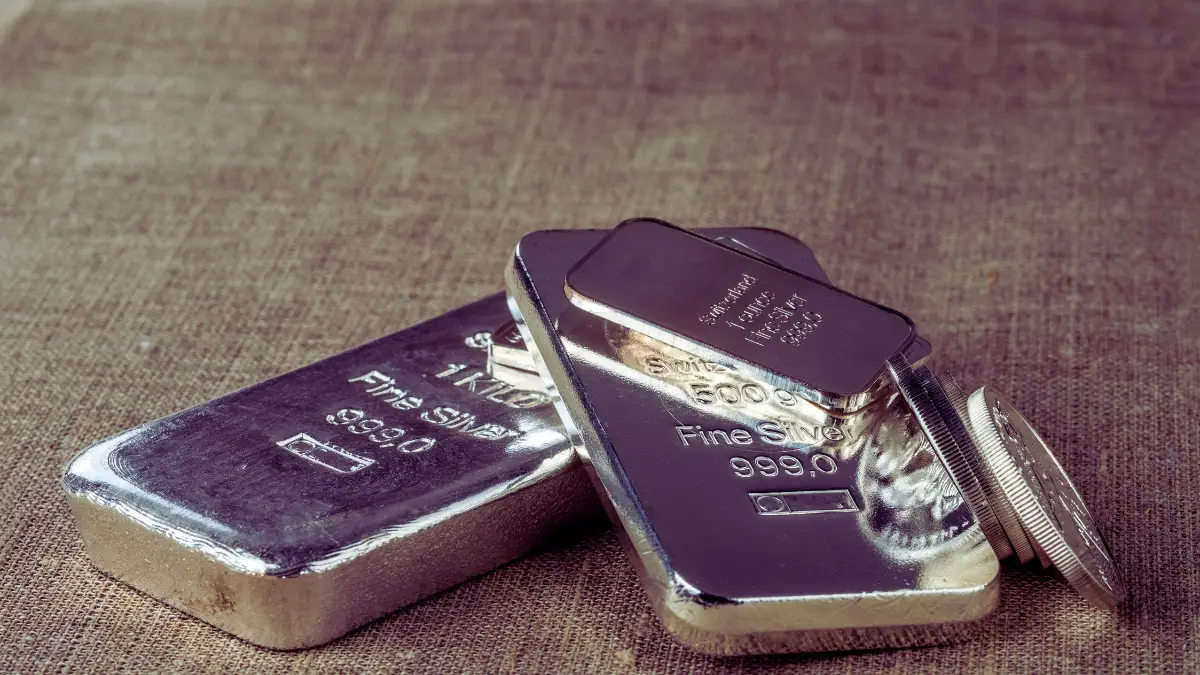
Silver is gold’s scrappy younger brother.
It’s up 32% in 2025. It hit nearly $40 per ounce.
Silver does two things gold doesn’t:
- It’s used in solar panels, electronics, and electric cars
- It’s more volatile, which means bigger potential gains
Put 3-5% of your portfolio in silver. Not more. It moves fast and can drop just as quickly as it rises.
You can buy silver ETFs just like gold ETFs. Or you can buy silver mining company stocks for more risk and reward.
Think of silver as your aggressive hedge. Gold is steady. Silver is the wild card that might pay off big.
Just don’t go crazy with it.
4. Move 5-10% Into Bonds From Other Countries
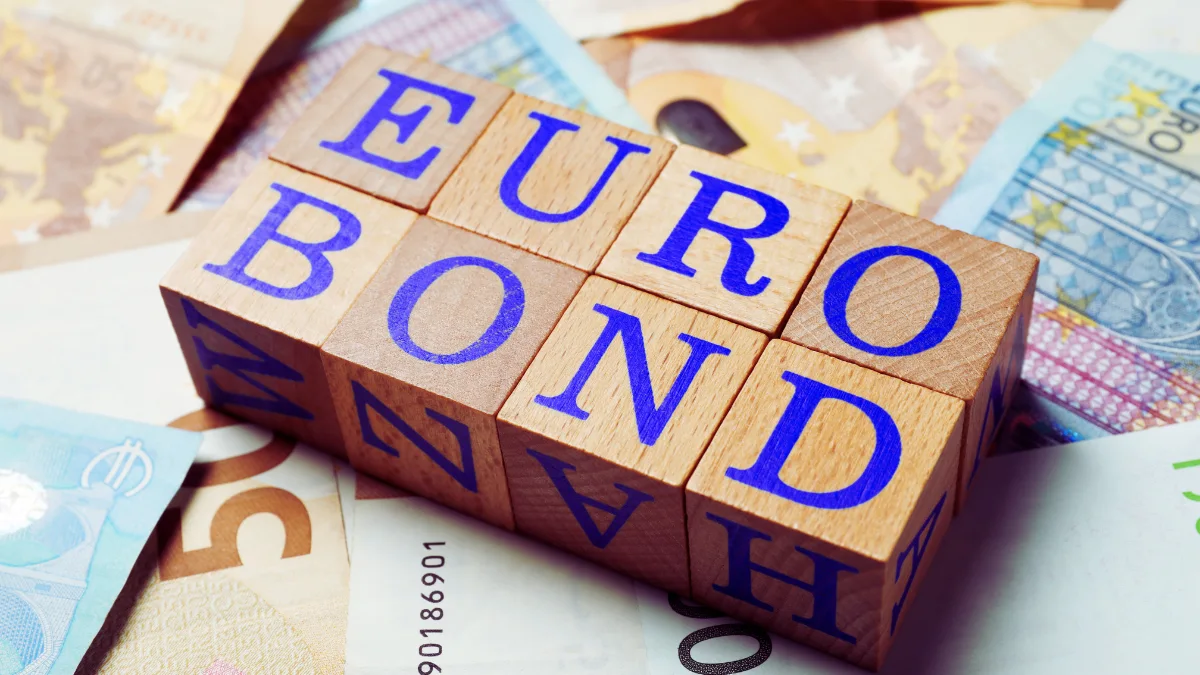
This one sounds boring. It is boring.
That’s why it works.
When you buy bonds from Germany, Japan, or Switzerland, you’re lending money in euros, yen, or Swiss francs. Not dollars.
If the dollar falls against these currencies, your bonds become worth more when you convert back to dollars.
Over 60% of companies extended their currency hedges in 2025. They’re protecting themselves. You should, too.
How to do this:
Buy international bond ETFs. Make sure they’re UNHEDGED. That means they include the currency exposure you want.
Examples:
- European government bonds (German Bunds are super safe)
- Japanese government bonds
- Global aggregate bond funds that include multiple countries
Put 5-10% here. It’s not exciting. But it’s steady protection that pays interest while you wait.
5. Get 10-15% into Commodity Sectors

When the dollar weakens, commodity prices go up.
Oil, copper, agriculture – they’re all priced in dollars globally. A weaker dollar means higher prices for these raw materials.
You don’t need to buy barrels of oil. Buy stock in companies that produce commodities.
Spread it out:
- 5-7% in energy companies (oil and gas producers)
- 3-5% in materials and mining companies
- 2-3% in agricultural commodity funds
Simple ETFs for this:
- Energy Select Sector SPDR (XLE) for oil and gas
- Materials Select Sector SPDR (XLB) for mining and materials
- Invesco DB Agriculture Fund (DBA) for food commodities
These sectors do well when inflation picks up and currencies get shaky.
And a growing proportion of energy is being priced in non-dollar contracts. You want to own the companies that benefit from this shift.
6. Keep 40-50% in US Stocks (Yes, Really)

Wait, aren’t we hedging against the dollar?
Yes. But hedging doesn’t mean abandoning ship.
The US still has the deepest markets. The best companies. The most innovation.
Many US companies earn 40% or more of their revenue overseas. When the dollar falls, these companies make more money from their international sales.
Keep 40-50% in US large-cap stocks. Down from the traditional 60%, but still your biggest position.
Use simple index funds:
- S&P 500 funds (VOO, SPY, IVV)
- Total US market funds (VTI, ITOT)
Focus on companies that sell globally:
- Big tech (Apple, Microsoft, Google)
- Industrial manufacturers
- Healthcare and drug companies
- Consumer brands everyone knows
This is your stability. Your growth engine. Don’t throw it away because you’re worried about the dollar.
7. Use Dollar-Cost Averaging Over 6 Months
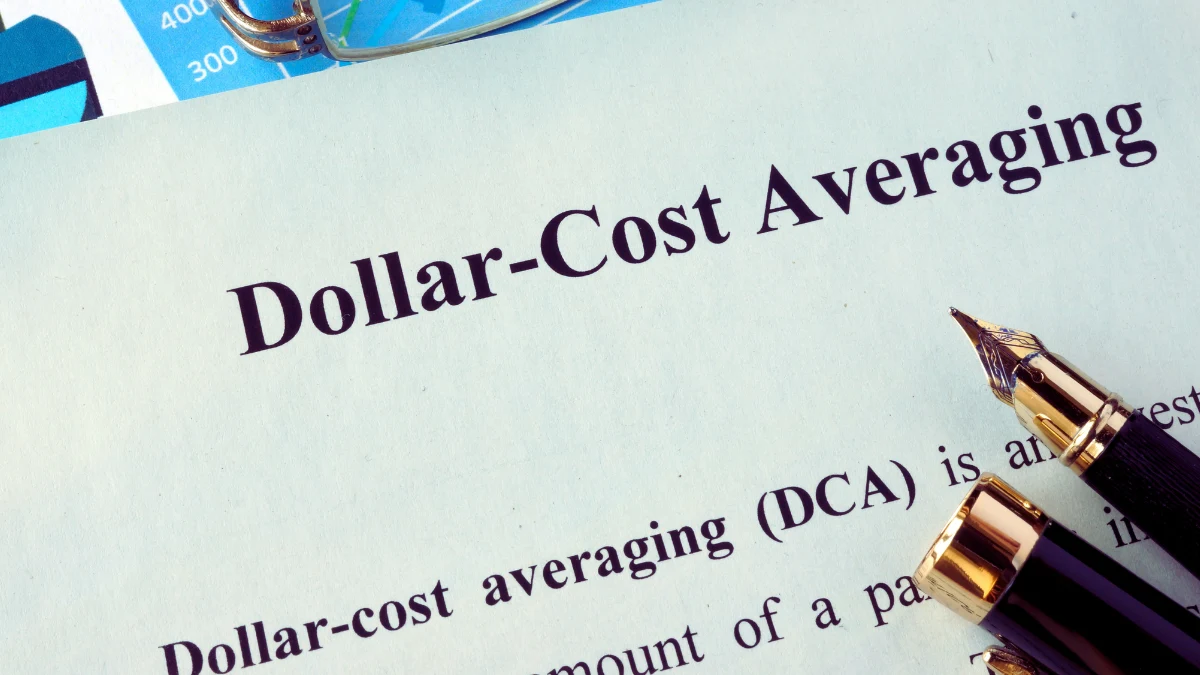
Don’t try to be a hero and implement all 11 strategies tomorrow.
That’s how you mess up.
Instead, spread your moves over six months. Buy a little each month.
Month 1-2:
- Buy 3% gold
- Buy 10% international stocks
Month 3-4:
- Add 2% more gold
- Add 10% more international stocks
- Buy 5% bonds from other countries
Month 5-6:
- Add 3% silver
- Buy 10% commodity sectors
- Complete your international allocation
This way, you don’t buy everything at a market top. You average out your entry prices.
Most brokerages let you set up automatic monthly purchases. Set it and let it run.
Dollar cycles last about eight years. You have time to build this right.
8. Rebalance Every Three Months

Your hedge needs maintenance.
Check your portfolio every quarter. If something has grown way above your target, sell some. If something has shrunk, buy more.
Simple rules:
If any position moves 5% away from your target, rebalance.
Example: Your gold allocation was 10%. It surged to 15%. Sell 5% worth and buy something that’s under target.
Do this in your IRA or 401(k) first. That way, you don’t pay taxes on the sales.
In taxable accounts, use new money to rebalance. Add to whatever is lagging instead of selling winners.
Set a calendar reminder for the first week of every quarter:
- January, April, July, October
Fifteen minutes four times a year keeps your hedge working.
9. Add 5-10% in Real Assets

Real estate and infrastructure don’t care about currency drama.
A building is a building. A toll road is a toll road. They exist regardless of what happens to the dollar.
And they pay rent or usage fees. That’s income.
Three ways to do this:
- International REITs (5-7%) – Real estate investment trusts that own property in Europe, Asia, or Latin America. You get rent in multiple currencies.
- Infrastructure ETFs (2-3%) – Toll roads, airports, utilities, cell towers. These are boring businesses that throw off cash.
- US REITs with global holdings – Some American REITs own property worldwide. You get the stability of a US company with international exposure.
Good ETFs:
- Vanguard Global ex-US Real Estate ETF (VNQI)
- iShares Global Infrastructure ETF (IGF)
Real assets held up well when markets got choppy in 2025. They’re physical. They’re steady. They pay dividends.
Don’t expect huge gains. Expect stability and income.
10. Put 3-5% in Defensive Dividend Stocks
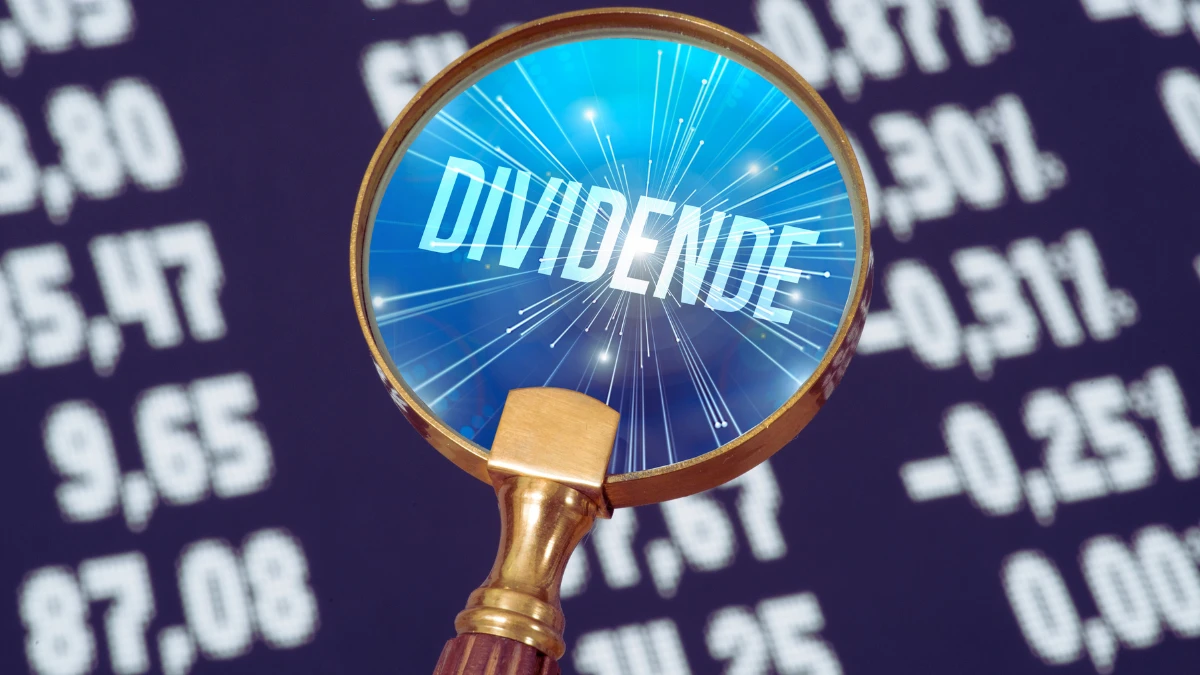
Some companies keep making money no matter what happens.
People still need toilet paper when currencies wobble. They still need electricity. They still need medicine.
These are called defensive stocks. They’re boring. They pay dividends. They don’t crash as hard when markets panic.
Good sectors for this:
- Consumer staples (Walmart, Costco, Procter & Gamble)
- Utilities (power and water companies)
- Healthcare (big drug companies)
- Telecom (Verizon, AT&T)
Look for companies that:
- Earn money in multiple countries
- Have paid dividends for 10+ years
- Sell things people can’t stop buying
Put 3-5% here. Set dividends to automatically reinvest.
During the 2025 market swings, companies like Walmart maintained their earnings. That’s what you want.
These stocks won’t make you rich. They’ll keep you from getting poor.
11. Track Five Key Numbers Each Month
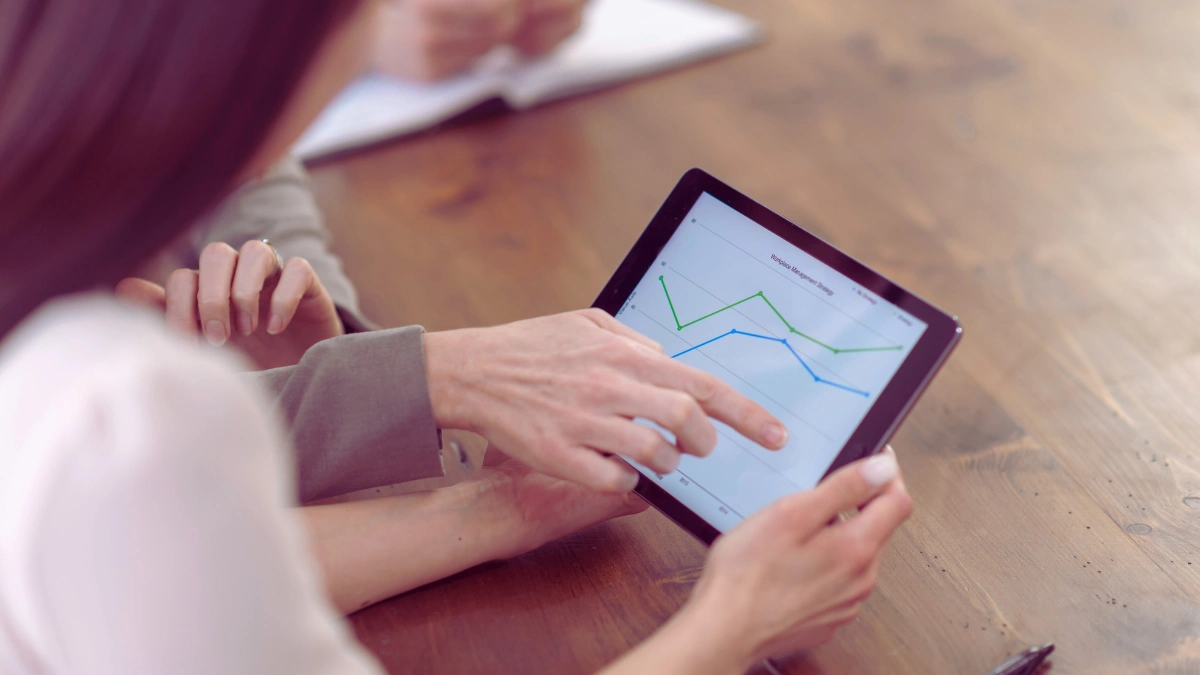
You need a simple system to monitor your hedge.
Don’t obsess. Just check five numbers once a month.
1. The Dollar Index (DXY): When it drops below 100, the dollar is weakening. That’s when your hedges should help.
2. Gold Price: Compare to what you paid. Is your insurance working?
3. International vs US Stock: Are international stocks beating US stocks? If yes, your hedge is doing its job.
4. Your Allocation Percentages: Pull up your account. Are you still close to your targets?
5. Your Total Return: Is your hedged portfolio growing? That’s the whole point.
Set a calendar reminder. First Monday of each month. Check these five numbers.
Takes 10 minutes.
If you see your gold allocation drift from 8% to 13%, you know it’s time to rebalance. If international stocks surge and you’re now at 35% instead of 25%, sell some.
Use free tools:
- Google Sheets with finance formulas
- Yahoo Finance portfolio tracker
- Your brokerage’s mobile app
The goal isn’t perfection. It’s awareness.
Your New Portfolio Looks Like This
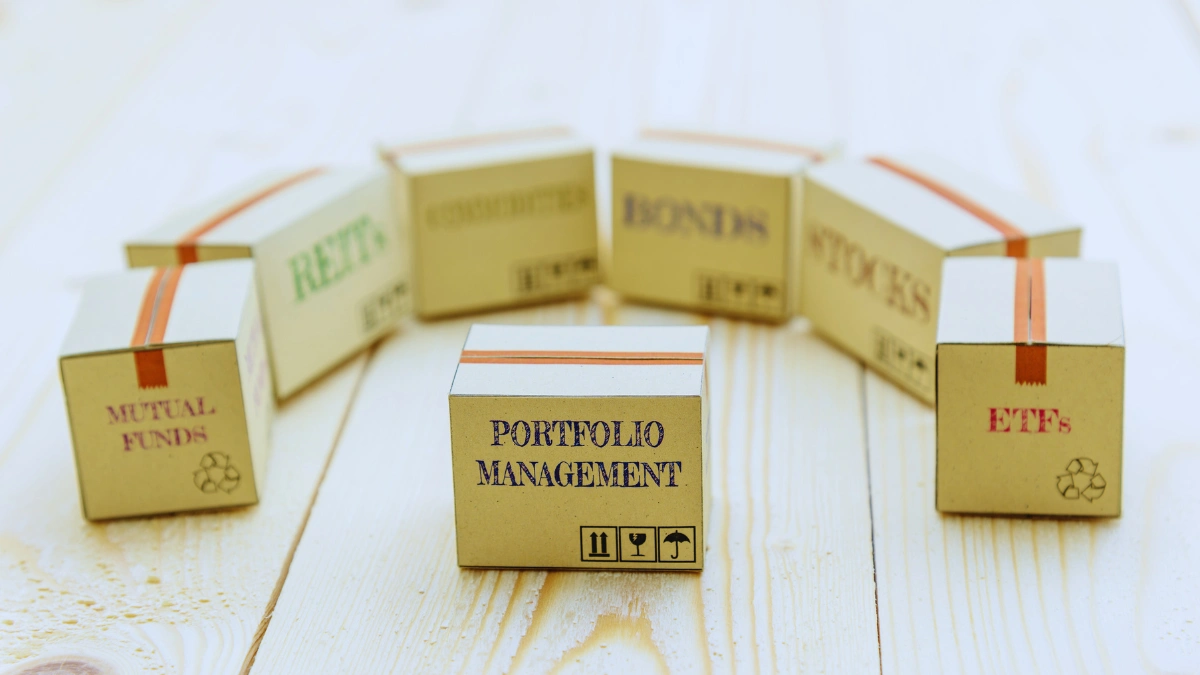
Let’s add it up.
Before hedging (typical investor):
- 60% US stocks
- 40% US bonds
- 0% international
- 0% gold
- 100% dollar exposure
After hedging (smart investor):
- 40-50% US stocks
- 20-25% international stocks
- 5-10% gold
- 3-5% silver
- 5-10% international bonds
- 10-15% commodity sectors
- 5-10% real assets
- 3-5% defensive dividends
You’re still mostly in stocks and bonds. But now you own assets in multiple currencies. You have gold as insurance. You have commodities that benefit from dollar weakness.
This isn’t radical. It’s prudent.

